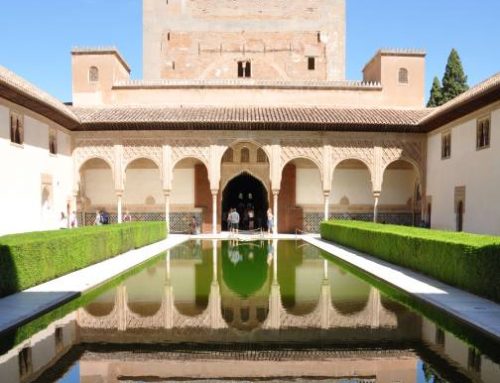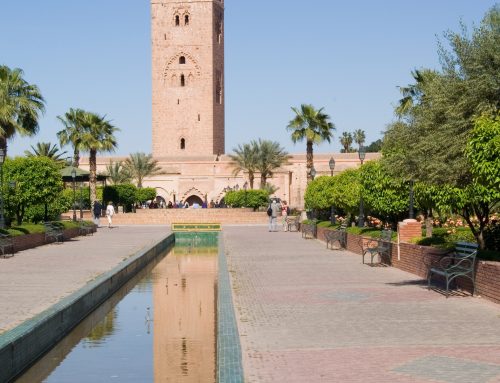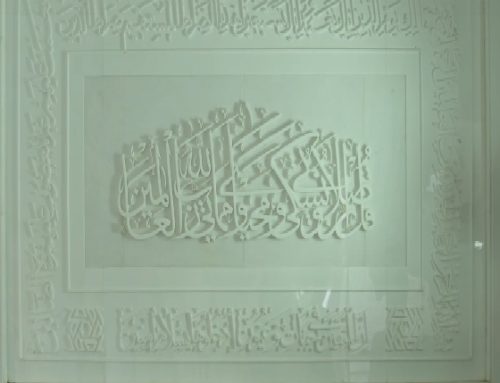Cambridge Eco Mosque

Environmental concerns have been paramount in the design of the new Cambridge Mosque. Muslims feel a strong imperative to protect the environment, as it is a gift from the Divine. Abdal Hakim Murad notes that “Islamic civilization has been based on the rejection of waste as an underestimation of God’s blessing, and so in the construction of the new mosque here in Cambridge, we were very much at the forefront of the local environmental movement”.
The building is naturally lit all year round by large skylights in the roof, supplemented by low energy LED bulbs, while photovoltaic cells on the roof help generate renewable energy from sunlight.
As well as being very well-insulated and naturally ventilated, the mosque is heated and cooled by locally generated energy, by way of highly efficient heat pumps in the basement that produce far more energy than they consume. This type of heat pump extracts energy from the relatively stable temperature of the air or ground water, heating the building as needed and cooling it at times of high occupancy or excess heat gains.
Grey water and rainwater are harvested to flush WCs and irrigate the grounds. The building’s carbon footprint – which is already low – will improve over time as mains electricity from renewable sources becomes more available. Green transport has also been taken into consideration in the design: there is ample space for bikes and it’s easily accessible by pedestrians, while an underground car park frees up space on site for the mosque and gardens.
At three stories high, with a façade that subtly weaves Qur’anic phrases into the Gault brickwork that is traditional in Cambridge, the mosque complements its neighbouring structures on Mill Rd, while the gardens and café make it a welcoming space for all members of the community. Its emphasis on sustainability and high reliance on green energy make this Europe’s first eco-mosque and a true landmark building for the city of Cambridge and its diverse residents.




